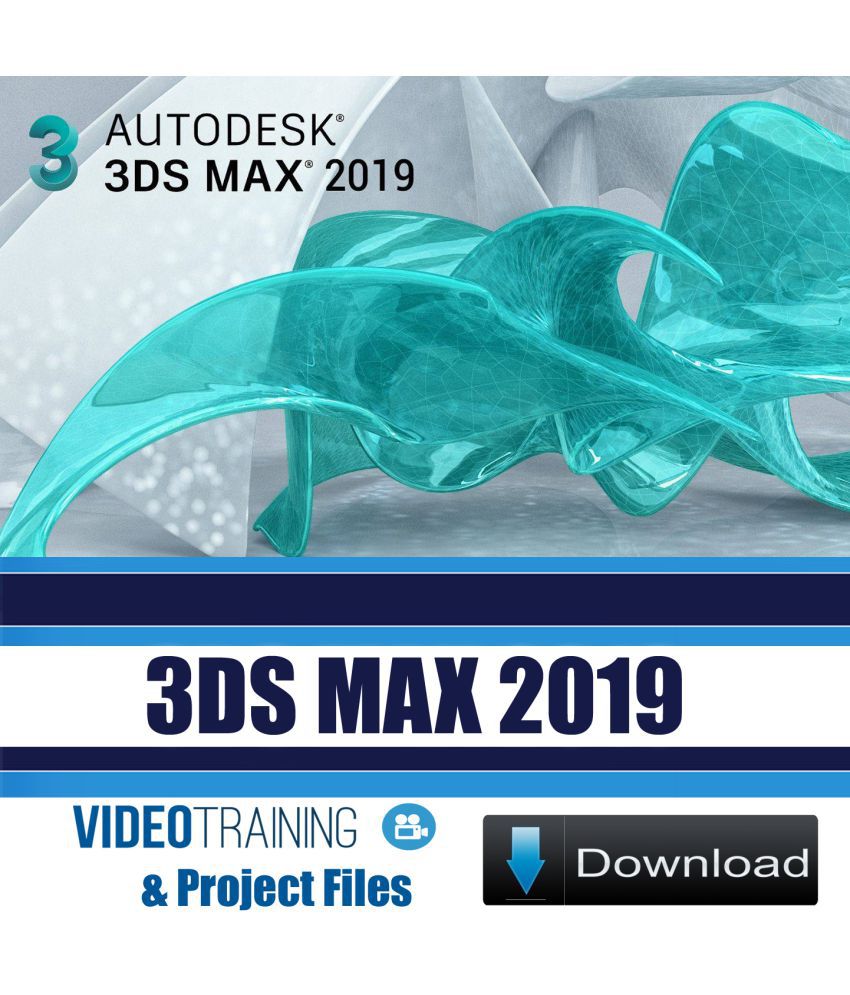Duration:10h 40m Exercise Files : yes (623 MB) Video format : HD MP4 Video : AVC, 1280x720, 16: 9, 30fps, 221kbps Audio : AAC, 48kHz, 128kbps Course Contents Welcome Using the Exercise Files Choosing a workspace Customize the user interface and defaults Setting preferences Using project folders Getting familiar with the interface Customizing a workspace Customizing viewport and grid colors Creating and manipulating primitives Transforming objects with Move and Rotate Navigating in viewports Choosing viewport shading modes Saving time with keyboard shortcut hotkeys Customizing hotkeys Choosing a reference coordinate system Manipulating objects around a transform center Using the Scene Explorer outline Configuring viewport layouts Using Isolate Selection and Lock Selection Selecting in window and crossing modes Specifying display units Specifying system units Defining the home grid Saving a maxstart.max template scene Creating an image plane Duplicating objects with Array Collecting objects in groups Managing display layers Merging scenes Referencing scenes with XRef objects Creating shapes Creating a loft compound object Creating a freehand spline Editing control vertex types Editing Bezier splines Rendering shapes Setting shape detail with Interpolation Revolving a surface with the Lathe modifier Extruding with the Sweep modifier Importing Illustrator paths to 3ds Max Adding a Bevel modifier Creating a TextPlus primitive Modeling walls with the Extrude modifier Deforming an object with a modifier Layering deformers in the modifier stack Defining polygon level of detail Passing a selection up the stack Understanding topology dependence Versioning and collapsing the stack Preparing Boolean operands Adding edges with Quickslice Cutting with Boolean subtraction Creating doors Using the Modeling ribbon Creating polygons Transforming sub-objects Use the caddy to set options for an inset polygon Cloning sub-objects with Detach Branching with Editable Poly Extrude Simplifying geometry with Remove Extruding a planar surface to a closed volume Detailing with Editable Poly Chamfer Reflecting objects with Mirror Welding vertices Refining geometry with SwiftLoop Constraining sub-object transforms Understanding subdivision surfaces Box modeling for subdivision surfaces Modeling with the Symmetry modifier Shaping with Ribbon tools Using Soft Selection Sharpening corners with Crease Baking subdivisions Using the Freeform tools on the ribbon Sculpting with Paint Deform Push/Pull Using Paint Deform Brushes Setting paint options Setting brush options Conforming one object to another Adjustment with Move Conform Sculpting with Conform Transform Creating a physical camera and target Enabling safe frames Choosing aspect ratio in Render Setup Setting up a free camera Rotating in Gimbal coordinate space Setting rotation axis order Offsetting the image with Lens Shift Previewing renders with ActiveShade Assigning a diffuse material Creating photometric lights Adjusting light intensity and color Adjusting the Camera Exposure Control Adjusting light shape Adjusting light distribution Controlling spotlight parameters Creating a sun and sky Illuminating a scene with the environment Using the Light Explorer Using the Slate Material Editor Managing scene materials Managing sample slots Saving material libraries Understanding physical materials Adjusting physical material parameters Controlling material sample size Designing 3D procedural maps Mapping bitmap image files Projecting UVs with UVW Map Using Real-World Map Size Mapping with vector art Restoring links with Asset Tracking Understanding hierarchies Transforming pivot points Prioritizing rotation axes Linking objects Locking transforms Avoiding and correcting scale issues Setting up Time Configuration Creating keyframes in Auto Key mode Creating keyframes in Set Key mode Editing keyframes in the Timeline Editing keyframes in the Dope Sheet Editing function curves in the Curve Editor Editing a trajectory with a motion path Choosing a renderer Choosing render options Rendering an image sequence Playing an image sequence with the RAM Player Getting started with lighting & Exercise files 623 MB

